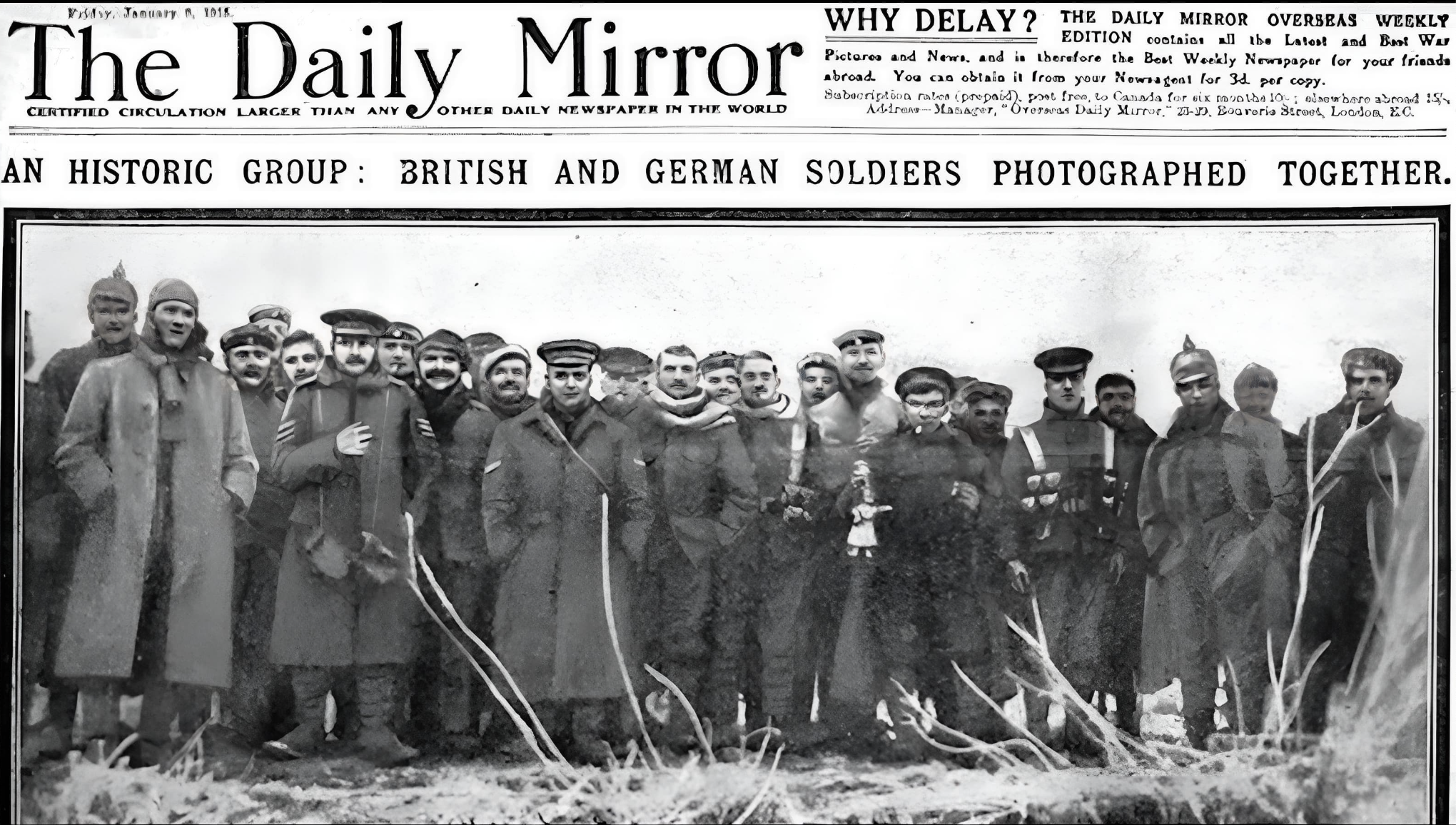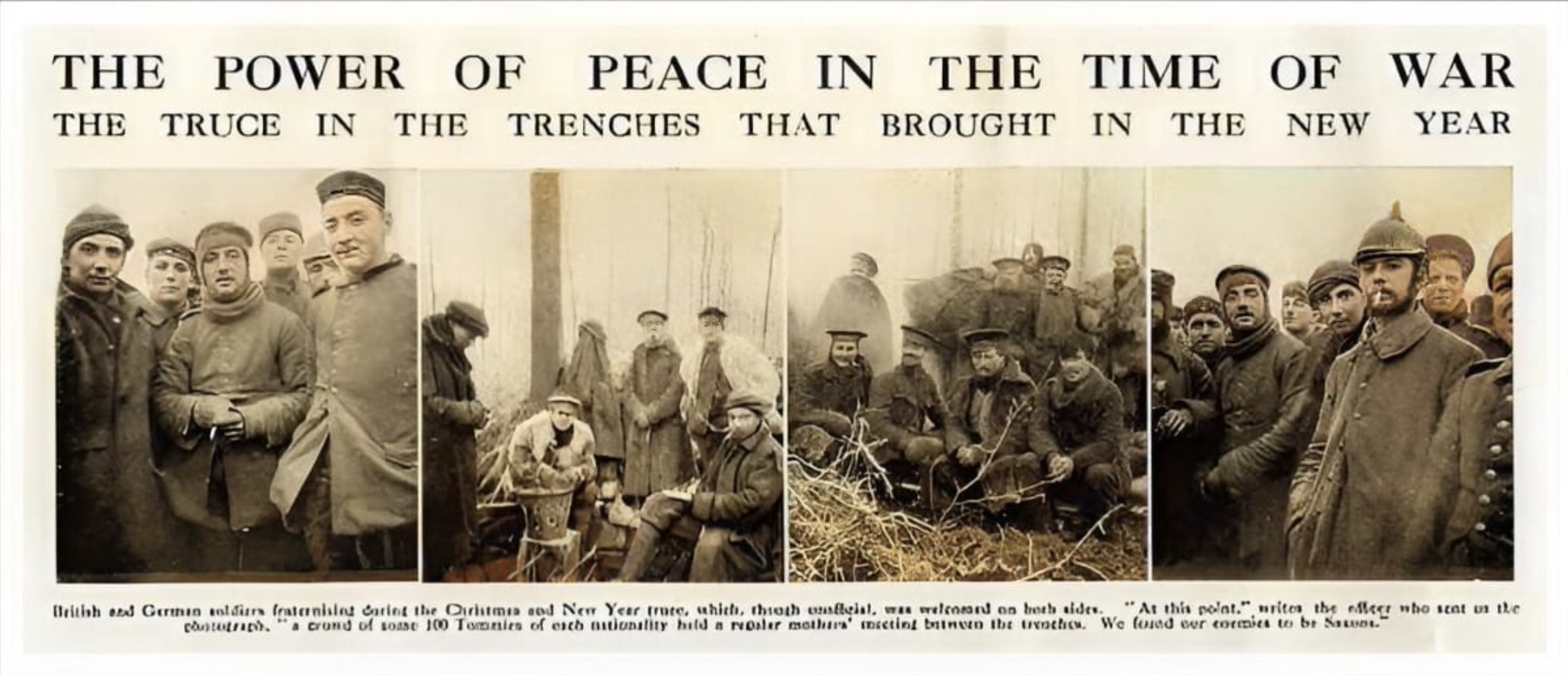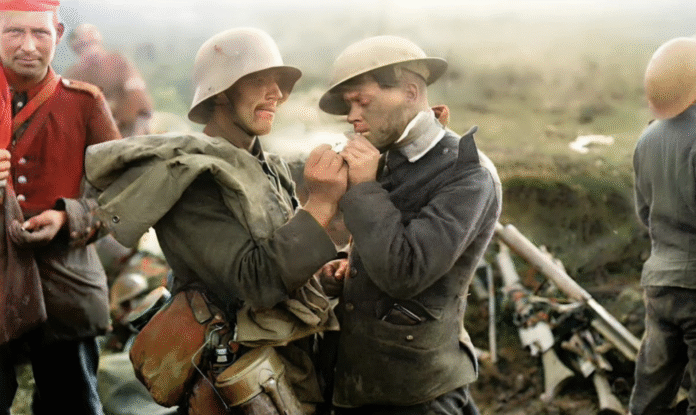Bridging Divides: Lessons from History in Times of War
In the midst of the devastation of World War I, a remarkable moment of humanity unfolded during Christmas 1914: soldiers on the Western Front laid down their arms to share gestures of goodwill—singing carols, exchanging small gifts, and even playing football in no man’s land. This spontaneous ceasefire, now remembered as the Christmas Truce, remains a powerful symbol of the human spirit’s capacity to transcend enmity, even amid conflict. More than a century later, its message holds deep relevance for Lebanon—a country striving to navigate communal tension, political fragmentation, and regional instability.
 Lebanon’s Diversity: A Source of Strength, Not Division
Lebanon’s Diversity: A Source of Strength, Not Division
Lebanon’s mosaic of religious and cultural communities is both its greatest asset and, at times, its most complex challenge. The country’s rich diversity has often been marred by sectarian divisions and cycles of mistrust. Yet, history has shown that moments of unity can emerge from even the most entrenched divides. Just as soldiers in 1914 found common ground across enemy lines, Lebanese communities have built bridges through sports tournaments, artistic collaboration, and interfaith celebrations—moments that transcend identity politics to reveal shared humanity.
Social Connectors: The Key to Stability Amid Division
Social cohesion in Lebanon depends not just on high-level agreements, but on the work of unsung heroes—social connectors who nurture unity at the grassroots. These include young people championing active citizenship, community organizers creating inclusive spaces, women and girls leading peacebuilding efforts, and civil society initiatives that transform adversaries into collaborators.
These local peacebuilders mirror the spontaneous solidarity of the Christmas Truce. Their impact lies in creating opportunities for connection—conversations over coffee, joint environmental projects, cultural festivals, or shared prayers—that emphasize common interests and reduce fear. In a landscape shaped by geopolitical tension and internal fragmentation, these connectors are essential to transforming coexistence from a fragile truce into sustainable peace.

magazine ‘the Graphic’ published in January 1915
Hope in Action: Turning Lessons into Legacy
The Christmas Truce is more than a historical anecdote—it is a beacon of what is possible when courage meets compassion. In Lebanon, that same spirit can guide efforts toward reconciliation and resilience. Choosing dialogue over division and solidarity over suspicion can help build a future defined not by fear, but by shared purpose.
As we reflect on this moving chapter of history, let the spirit of the Christmas Truce—and the blessings of Ramadan and Lent—remind us to lay down our assumptions, cross the no man’s land of misunderstanding, and embrace our collective responsibility to shape a more united Lebanon. Peace is not a utopian dream—it is a choice made, again and again, by those brave enough to reach out, even in the darkest times.


 Creative Commons Attribution 4.0 International license
Creative Commons Attribution 4.0 International license